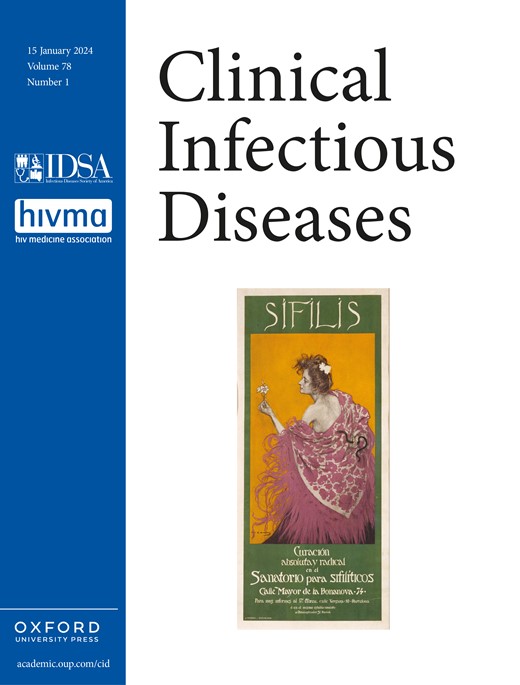Translating PK-PD principles into improved methodology for clinical trials which compare intermittent with prolonged infusion of beta-lactam antibiotics
IF 8.2
1区 医学
Q1 IMMUNOLOGY
引用次数: 0
Abstract
Based on the fact that beta-lactam antibiotics demonstrate time-dependent killing, different dosing strategies have been implemented to increase the time that free (f) (unbound) antibiotic concentrations remain above the Minimal Inhibitory Concentration (MIC), including prolonged and continuous infusion. Multiple studies have been performed that compared continuous with traditional intermittent infusion to improve outcomes in patients with severe sepsis and/or septic shock. These studies have yielded inconsistent results for patients as measured by clinical response to treatment and mortality due to heterogeneity of included patients, pathogens, dosing strategies and the absence of Therapeutic Drug Monitoring (TDM). The MERCY and BLING III studies failed to show a difference in mortality between patients randomized to receive continuous and intermittent infusion of beta-lactam antibiotics.
 A deeper understanding of pharmacokinetic (PK) and pharmacodynamic (PD) mechanisms that occur in critically ill patients should guide us in dose optimization and improvement in methodology for future clinical trials.求助全文
约1分钟内获得全文
求助全文
来源期刊

Clinical Infectious Diseases
医学-传染病学
CiteScore
25.00
自引率
2.50%
发文量
900
审稿时长
3 months
期刊介绍:
Clinical Infectious Diseases (CID) is dedicated to publishing original research, reviews, guidelines, and perspectives with the potential to reshape clinical practice, providing clinicians with valuable insights for patient care. CID comprehensively addresses the clinical presentation, diagnosis, treatment, and prevention of a wide spectrum of infectious diseases. The journal places a high priority on the assessment of current and innovative treatments, microbiology, immunology, and policies, ensuring relevance to patient care in its commitment to advancing the field of infectious diseases.
 求助内容:
求助内容: 应助结果提醒方式:
应助结果提醒方式:


